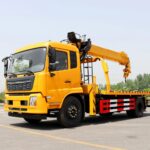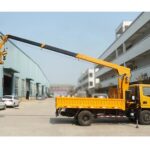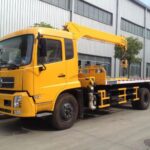In the world of heavy-duty recovery and lifting operations, few machines command as much respect and attention as rotator trucks. These colossal vehicles, equipped with advanced hydraulics, impressive reach, and unmatched lifting capacities, have revolutionized the landscape of recovery and rescue. From salvaging overturned tractor-trailers to lifting massive industrial equipment, rotator trucks have become the unsung heroes of modern transportation and industry. In this article, we delve into the world of rotator trucks, exploring their capabilities, significance, and the industries they serve.
Evolution of Rotator Trucks
The inception of rotator trucks can be traced back to the mid-20th century when the need for handling heavy loads, often in precarious situations, became evident. Traditional recovery methods struggled to cope with the growing sizes and weights of vehicles and machinery. This void gave birth to the concept of rotator trucks – heavy-duty machines with rotating boom arms that can lift, recover, and position hefty loads with precision and power.
Over the decades, advancements in hydraulic technology, materials science, and engineering design have propelled rotator trucks to unimaginable capabilities. What once seemed like a far-fetched idea has become an integral asset in various industries.
Cutting-Edge Features
At the heart of a rotator truck‘s exceptional capabilities lie its advanced features. These trucks are characterized by their rotating boom assemblies, which are often equipped with telescoping sections. This design allows for impressive reach and maneuverability, enabling operators to access confined spaces and handle intricate recovery operations.
Të hydraulic systems in rotator trucks are engineering marvels. These systems provide the power needed to lift incredibly heavy loads while maintaining precise control. The combination of hydraulic power and intelligent control systems ensures that the lifting process is smooth, stable, and safe, even in the most challenging conditions.
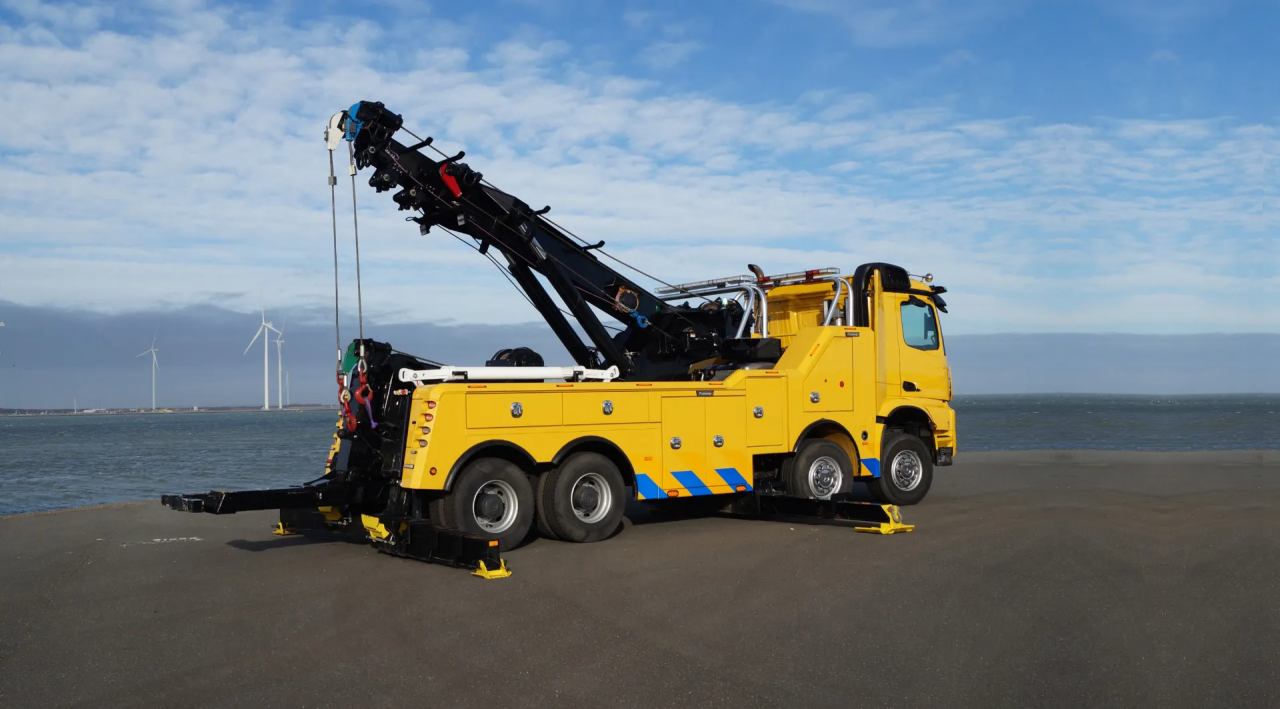
Lifting Capacities that Defy Gravity
One of the most astonishing aspects of rotator trucks is their lifting capacity. These machines can hoist loads that range from tens of thousands to hundreds of thousands of pounds. This extraordinary capability makes them indispensable in scenarios where traditional cranes or recovery methods would fall short.
Rotator trucks excel in recovering overturned vehicles, such as tractor-trailers, buses, and construction equipment. These situations require not only immense lifting power but also careful maneuvering to prevent further damage and ensure the safety of those involved. The adaptability of rotator trucks to various load shapes and sizes, combined with their precise control, makes them the go-to choice for such operations.
Multi-Industry Applications
The applications of rotator trucks span a wide spectrum of industries, each benefiting from their unique capabilities. In the transportation sector, rotator trucks are instrumental in clearing accident sites promptly, minimizing traffic disruptions, and enhancing road safety. These trucks can swiftly remove debris and disabled vehicles, allowing traffic to flow smoothly.
In the construction and manufacturing sectors, rotator trucks play a vital role in moving and positioning heavy machinery and equipment. Whether it’s placing a generator on the upper floors of a building or relocating a massive industrial press, rotator trucks make what once seemed insurmountable tasks routine.
Emergency services and disaster response teams also rely on rotator trucks during challenging situations. These machines can aid in rescuing people trapped in precarious positions, lifting heavy wreckage, and even helping to stabilize buildings or structures damaged by natural disasters.
The Operator’s Skill
While the technological prowess of rotator trucks is undoubtedly impressive, their capabilities are fully realized in the hands of skilled operators. Operating a rotator truck requires a unique set of skills, including a deep understanding of the machine’s mechanics, the ability to make split-second decisions, and a keen sense of situational awareness. These operators undergo rigorous training to ensure that they can handle the complexities of recovery and lifting operations safely and efficiently.
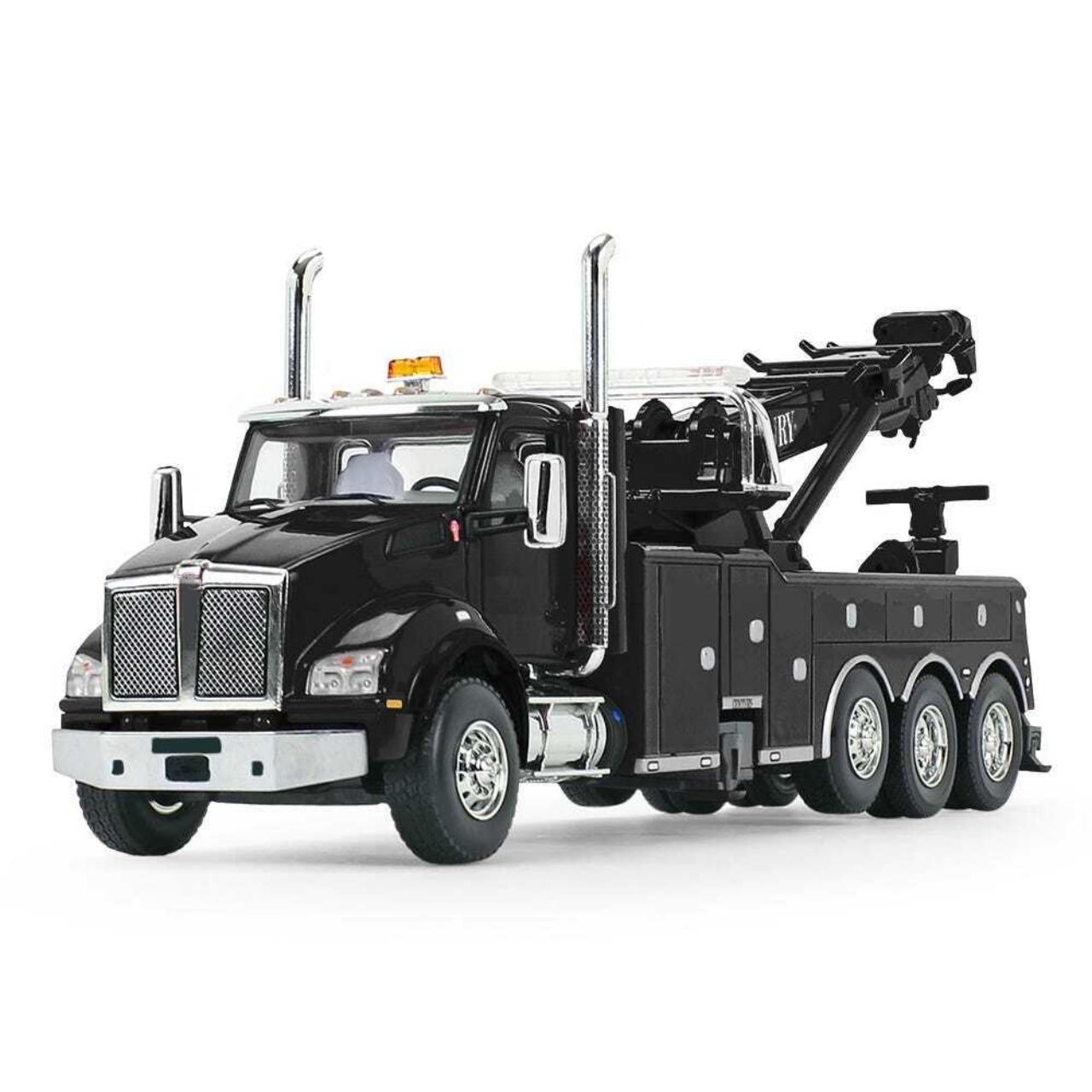
Future Innovations
As technology continues to advance, the future of rotator trucks looks even more promising. Improved materials, more efficient hydraulic systems, and enhanced control mechanisms are likely to further expand their capabilities. Additionally, the integration of automation and remote control features could potentially make recovery operations even safer by reducing the need for operators to be in hazardous environments.
Safety and Environmental Considerations
While the awe-inspiring capabilities of rotator trucks are undeniable, it’s crucial to highlight the paramount importance of safety and environmental considerations in their operation. The sheer power of these machines comes with inherent risks, and the operators’ adherence to strict safety protocols is non-negotiable.
Proper training and certification are imperative for anyone operating a rotator truck. These operators must understand the equipment’s limits, the principles of load balance, and the intricacies of hydraulic systems. Rigorous training programs ensure that operators can respond effectively to unexpected challenges, mitigating potential hazards.
Moreover, environmental responsibility is a growing concern across industries. Rotator trucks, often powered by diesel engines, emit exhaust gases that contribute to air pollution. As technology progresses, there is a rising interest in developing cleaner, more sustainable alternatives for powering these heavy-duty vehicles. Electric or hybrid rotator trucks, harnessing the advancements seen in the automotive industry, could drastically reduce emissions and their impact on the environment.
Economic Impact
The economic implications of rotator trucks extend beyond the immediate industries they serve. Efficient recovery operations lead to reduced traffic congestion and faster restoration of normalcy after accidents. This, in turn, positively influences productivity and trade, benefiting local economies and national transportation systems.
The efficiency of rotator trucks in handling heavy machinery also translates into time and cost savings for the construction and manufacturing sectors. Delays caused by equipment positioning and relocation are minimized, allowing projects to stay on schedule and within budget.
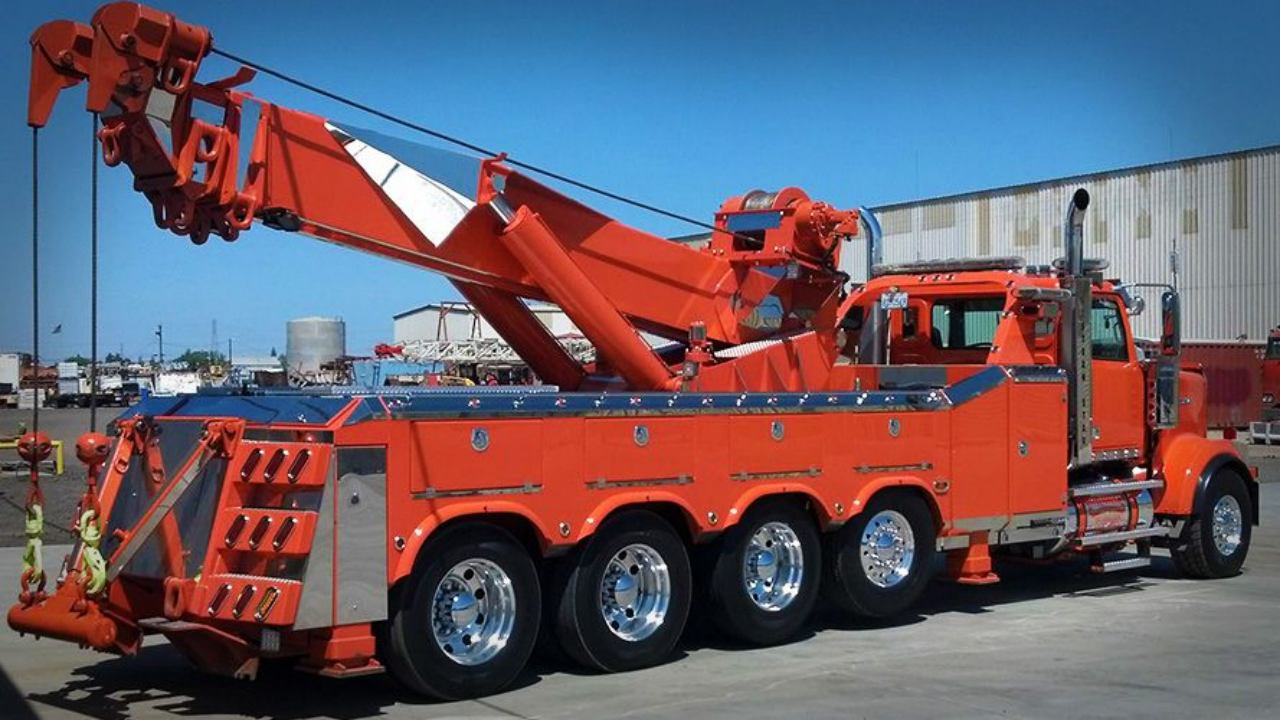
Humanitarian Aid and Disaster Relief
Rotator trucks play a crucial role in disaster-stricken areas, where their capabilities aid in rescue and relief efforts. Whether it’s lifting debris to search for survivors or moving essential supplies, these trucks become invaluable assets during times of crisis. Their rapid response and adaptability in chaotic environments can mean the difference between life and death for those affected by natural or man-made disasters.
Challenges and the Road Ahead
As with any technology, rotator trucks are not without challenges. The initial cost of acquiring and maintaining these vehicles can be substantial, limiting their accessibility for some smaller enterprises. The complexity of the machinery also demands skilled operators, and the shortage of trained personnel can pose a hindrance to maximizing the potential of these machines.
Furthermore, the integration of advanced automation features, while promising increased safety and efficiency, must be cautiously approached. Striking the right balance between human control and automation is crucial to ensure that critical decisions are made with the necessary context and ethical considerations.
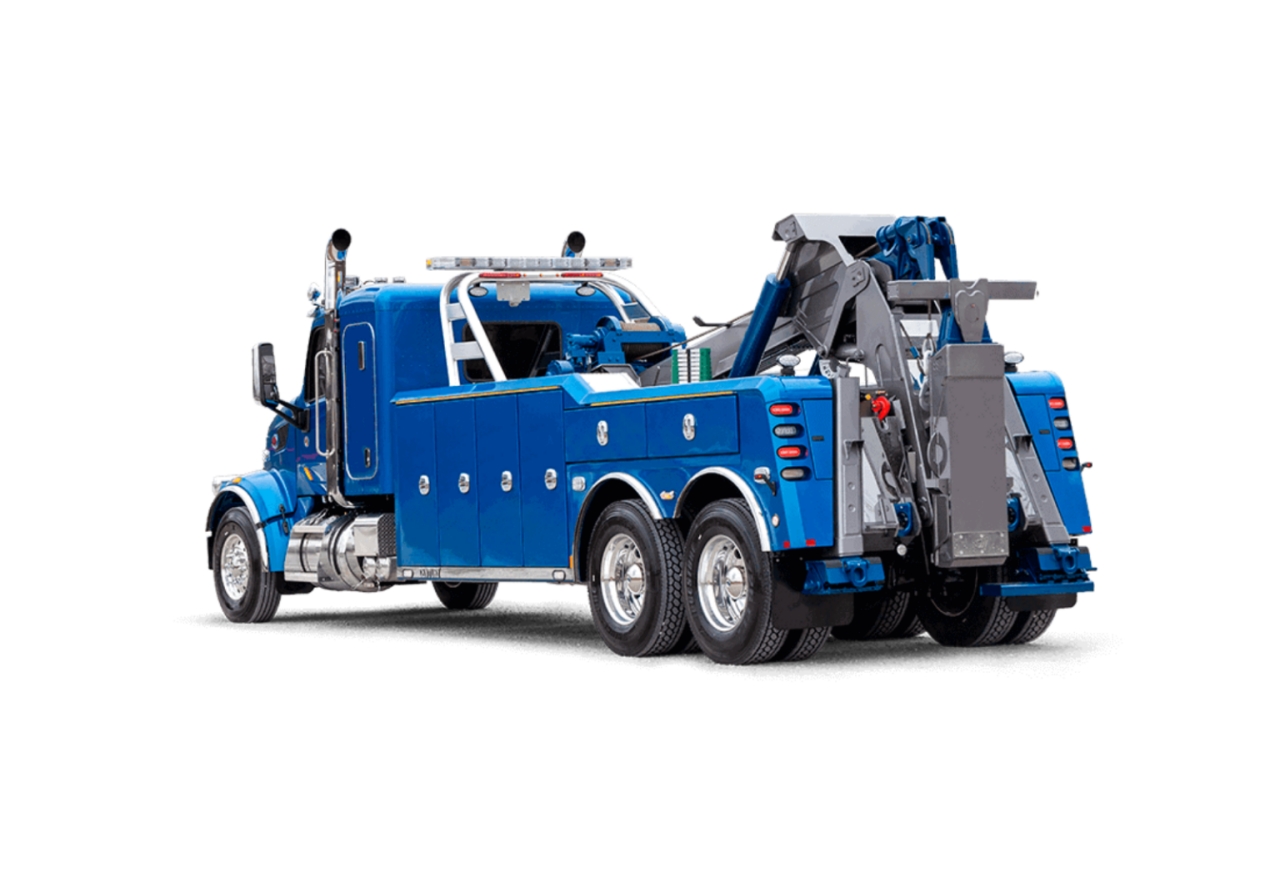
Conclusion
Rotator trucks stand as giants of innovation, with their ability to lift, recover, and handle immense loads transforming industries and aiding in critical situations. These heavy-duty machines combine cutting-edge engineering with skilled operators to execute operations that were once deemed impossible. As we look toward the future, the evolution of rotator trucks continues, driven by advancements in technology, environmental consciousness, and a commitment to safety.
In an era where efficiency, safety, and sustainability are paramount concerns, the role of rotator trucks becomes even more pronounced. As industries grow, urban landscapes expand, and challenges evolve, these machines will adapt and elevate their capabilities, leaving an indelible mark on the world of heavy-duty recovery and lifting. With each successful operation, they reaffirm their status as the unsung heroes behind the scenes, diligently supporting progress, safety, and resilience in a rapidly changing world.





